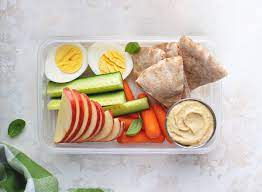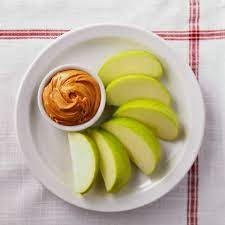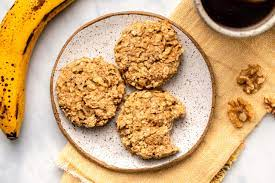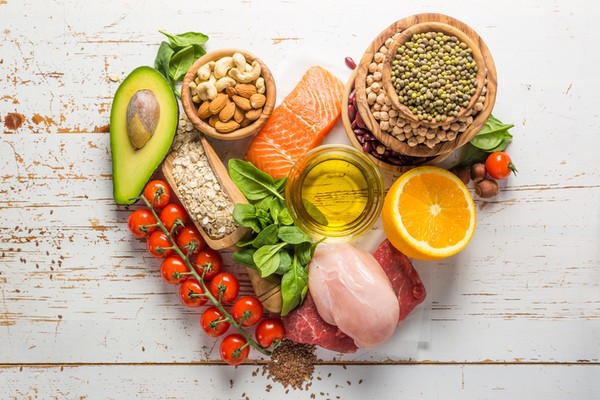Beginning grad school is an exciting time but can also be filled with mixed emotions, anticipation and anxiety. There are many challenges that you will encounter.
It's important to set up strong habits at the beginning so when things get overwhelming or when you begin to feel burnt out later, you have those established good habits to fall back on. To me, one of the most important routines to establish early are healthy eating/snacking habits. Your brain cells will be working overtime trying to adjust to how to learn in grad school and cram in all the new information. Be conscious of what you put in your body to help optimize your learning.
I believe that every person needs to find what works best for their own body’s nutrition and health, but these are some things that have worked well for me based on general nutrition education as part of my undergraduate degree in Food Science and Technology. Creating healthy eating habits isn’t something you obtain overnight; it takes time and patience and making realistic lifestyle changes that will last. The point is not to deprive yourself of the things you like, but give your body a chance to find something else to like and crave. Pay attention to how the foods you eat affect your body- how it makes you feel, your concentration levels, how your eating patterns change, etc.
Glucose is the fuel for your brain and comes from carbohydrates. Simple carbs (table sugar, candy, white/wheat bread) have low nutritional value and a high glycemic index, whereas complex carbs (whole grain foods) contain more nutrients and fiber and have a lower glycemic index. The glycemic index is an indicator for how much a food will affect blood sugar (and therefore insulin). Foods with a low glycemic index will have a lesser effect on blood sugar, which means fewer spikes and crashes and more continuous glucose utilization. Lean proteins (poultry, nuts, low fat cottage cheese) help you feel full and when paired with a complex carbohydrate help to reduce glycemic spikes for longer lasting energy.
The stress and increased studying that comes along with grad school can have significant effects on eating habits. Being conscious of portion control and pacing eating will be in your best interest. It's so easy to unconsciously snack all day long! Prepare a portioned snack and take your time to eat it while you study. It takes 20 minutes for your stomach to communicate that it's full, so wait at least 20 minutes after snacking before you analyze if your body needs more.

Upgrade it!
Romaine lettuce→ dark greens (spinach, mixed greens, kale, broccoli slaw, etc.) provide more vitamins and nutrients
White/wheat starches→ whole grain (bread, crackers, tortillas, english muffins, pasta etc.) has more fiber, more nutrients (since it contains the entire grain), and has a lower glycemic index which means it will have less of a dramatic effect in the bloodstream and on insulin
Regular dairy (milk, cheese, cream cheese, yogurt, sour cream) → low fat options reduce calories from fat while maintaining the protein, calcium, vitamins, and minerals
Candy bar/sweet tooth→ try having some fruit or light kettle corn (Boomchickapop is my favorite)
Chips→ go for the baked version or, even better, satisfy the crunchy craving with celery (and hummus) or some roasted almonds/nuts

Snack suggestions
- Apples and peanut butter (or any preferred nut/seed butter)
- Veggies and hummus
- Lentil dip (lentils, bruschetta, feta cheese) with baked whole grain pita chips (DIY)
- Turkey and cheese rolls/crackers
- Granola and yogurt
- Cottage cheese (with fruit or on whole grain toast)
- Tuna on whole grain or rice crackers
- Turkey jerky & low-fat cheese stick or mixed nuts
- Avocado toast with tomato or egg
- Tofu with dip/sauce (peanut sauce or low sodium soy sauce + rice vinegar + sriracha)
- English muffin pizza: whole grain english muffin split, tomato sauce (or slice of fresh tomato), topped with low fat mozzarella→ toaster/oven until cheese is melted
- Banana Oatmeal cookies (Mash a ripe banana with a fork until broken down add ¾ cup of oatmeal (optional, add ⅛ cup craisins, raisins, nuts, etc). Bake in a 350F oven for 12-15 minutes.


